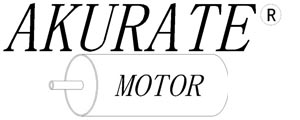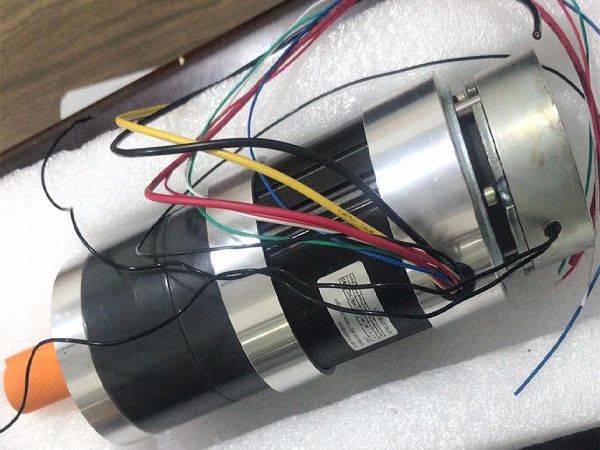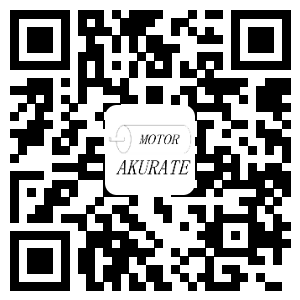The series excited DC motor is named after the armature winding and excitation winding connected in series. Single phase series motors can use AC or DC power sources. It belongs to a dual-purpose motor.
Micro DC motor
Characteristics of series excited DC motors
high speed
High starting torque
Small size
Light
Setting up a stall is not easy
It has a wide voltage range and can be adjusted through voltage regulation, which is simple and easy to implement.
The rotor of the series motor is connected in series with the excitation coil. The entire armature rotor current is transmitted to the excitation winding. Therefore, only one input voltage is required. Torque is equal to the square of current. Increasing the rotor current will increase the excitation current.
When the series connected DC motor stops, the torque is highest because the armature (rotor) does not generate back electromotive force (BEMF) when it is stationary; On the contrary, no back electromotive force (BEMF) will be generated.
When the rotor accelerates, the back electromotive force increases, thereby reducing the effective current, voltage, and torque.
When unloaded, the motor will accelerate to a dangerous speed;
The increased load will reduce the speed of the motor, but it will decrease BEMF and increase torque to steer the load
It is worth mentioning that when the series DC motor is under no-load or light load, the rotor current will decrease. Due to the series excitation relationship between the rotor winding and the excitation winding, the magnetic field will decrease;
The formula for motor speed is: n =(U-IR)/ CEΦ, The denominator in formula Φ (the magnetic flux is small, so the velocity will be high). In this way, the electric motor will experience a "loss of control" phenomenon, which may damage the motor or cause personal injury. Therefore, series connected DC motors cannot operate without load!
Due to the fact that speed control depends on the adjustment of the power supply voltage, it is not possible to effectively regulate the speed of the series motor. Nevertheless, they are still affordable and can drive designs that require high starting torque. For example, designers use series connected electric motors, power tools, toys, sewing machines, and other consumer products, as well as constant and variable speed industrial traction drives in low-power and high-power automotive structures. Designers can reverse the series motor by reversing the excitation or connecting the armature (rotor) winding.




 server
server